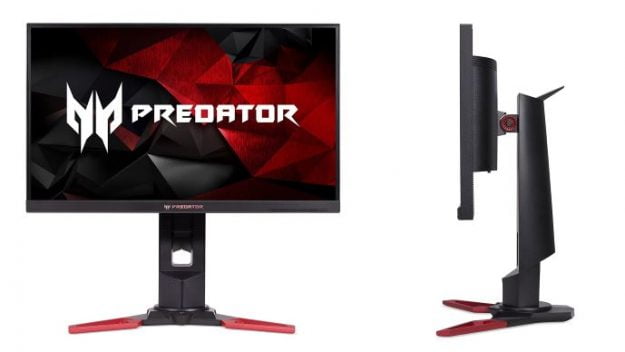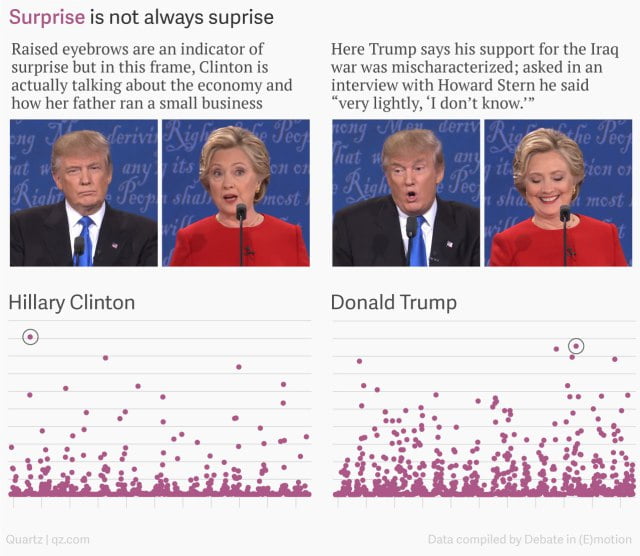

Overclocking has been a way of getting more performance out of PC components for decades. It used to be purely applied to processors. You add more cooling and clock the chip frequency higher in order to gain more performance. Then the same thing happened with RAM and graphics cards. Overclocked versions of these components are even sold new with a price premium. Now overclocking is being offered on a monitor.
If you think about it, there’s not much available to overclock on a display. You certainly can’t increase the screen size or go past the maximum resolution offered. Maybe you could speed up the interface menu changes? However, Acer has found one legitimate way to overclock its new Predator XB1 monitor, and that’s by tweaking the refresh rate.
The Predator range of monitors is squarely aimed at gamers. In the case of the Predator XB1, it uses a 24-inch TN panel with a resolution of 2560 x 1440. It supports refresh rates up to 144Hz as standard, but Acer has included an overclock feature allowing you to push it up to 165Hz if desired. And if that video above is anything to go by, Acer is aiming to hit 180Hz eventually.
What’s the benefit of this overclock? Well, that depends on how good the pixel response times are and the quality of the digital processing circuitry Acer has opted to include in the display. You’d have to assume it’s good enough otherwise such a high refresh rate would introduce image distortion or artifacts while you play. The specs suggest it is, with response times listed at 1ms.

Anyone considering the XB1 as their next gaming monitor will also be pleased to hear Acer has included support for Nvidia G-Sync, meaning you’ll have a screen tear-free experience assuming you also have a G-Sync enabled graphics card in your rig. You also get a USB 3.0 hub, 2W speakers, 100% sRGB support, 350Nit brightness, and power use of just 27W. The cost? $499 with immediate availability.
[Source:-Geek]





